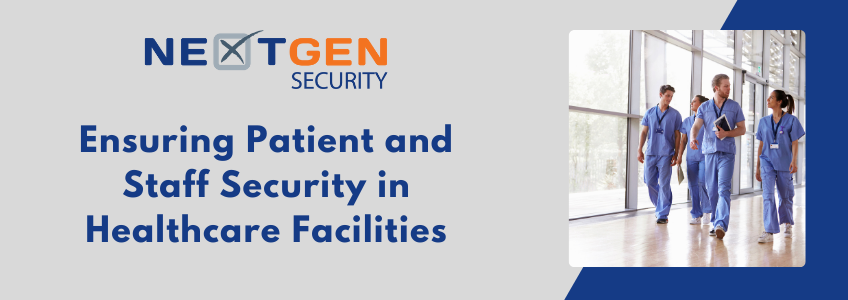Hospitals are busy places. They operate 24/7/365 and people come and go at all hours of the day and night. Between medical personnel and other staff, people coming into the ER, visitors, delivery people and more, hospitals critically need access control and monitoring systems in place to restrict and oversee access to sensitive areas and ensure safety for both patients and staff.
Security teams across every industry sector have many risks to mitigate, but hospital settings rank among the most challenging. From critical care floors to infant nurseries, narcotics and pharmaceutical closets, busy and often overcrowded emergency rooms, psychiatric floors, and areas where patient records and health information are stored, hospitals maintain multiple departments and serve a wide range of patients in a single facility. Running at full throttle around the clock, a robust security strategy is just what the doctor ordered.
Visitor management and protection of physical assets are an integral part of that strategy and will be highlighted in this four-part blog series. Here we begin by focusing on best practices for ensuring safety for patients and staff.
Because many different departments operate under one hospital roof, an access control system that limits access to varying areas is especially important. On the other hand, the access system must also facilitate the free movement of authorized personnel from department to department as their work responsibilities may require.
Here are some of the most common access control system options:
For low risk, common areas such as break rooms or cleaning supply closets, keypad readers that rely on passcodes are often a viable option. But not for sensitive areas of a hospital. That’s because passcodes can be too easily shared and put these areas at risk for criminal activities and potential threats.
Key card entry systems are a more secure way to control access to restricted areas while allowing staff, patients, and visitors to walk about freely within the spaces they’re allowed to be in using their assigned key card. Always with an eye to tight budgets, many hospitals opt for access key cards as an affordable way to control areas within a hospital without sacrificing convenience.
As biometric access technologies continue to advance, some hospitals are implementing them to grant authorized personnel access to sensitive areas that house equipment and supplies. Biometric access control uses iris or fingerprint reading technologies as credentials and, because these characteristics are unique to only one individual, controlled access is assured.
As incresingly more security capabilities are migrating to the cloud, hospitals are adopting more cloud-based off-site access control options and integrating the specific and appropriate access control solution for each department and wing of their facility. Many are finding that cloud-based technology is helping them to elevate their level of security for their staff and patients.
NextGen is deeply experienced in establishing and maintaining safe and secure environments for healthcare facilities. We develop integrated electronic security strategy customized to regulatory requirements and the specific needs of any healthcare system or individual facility. We look forward to assisting you with your specific security needs.

